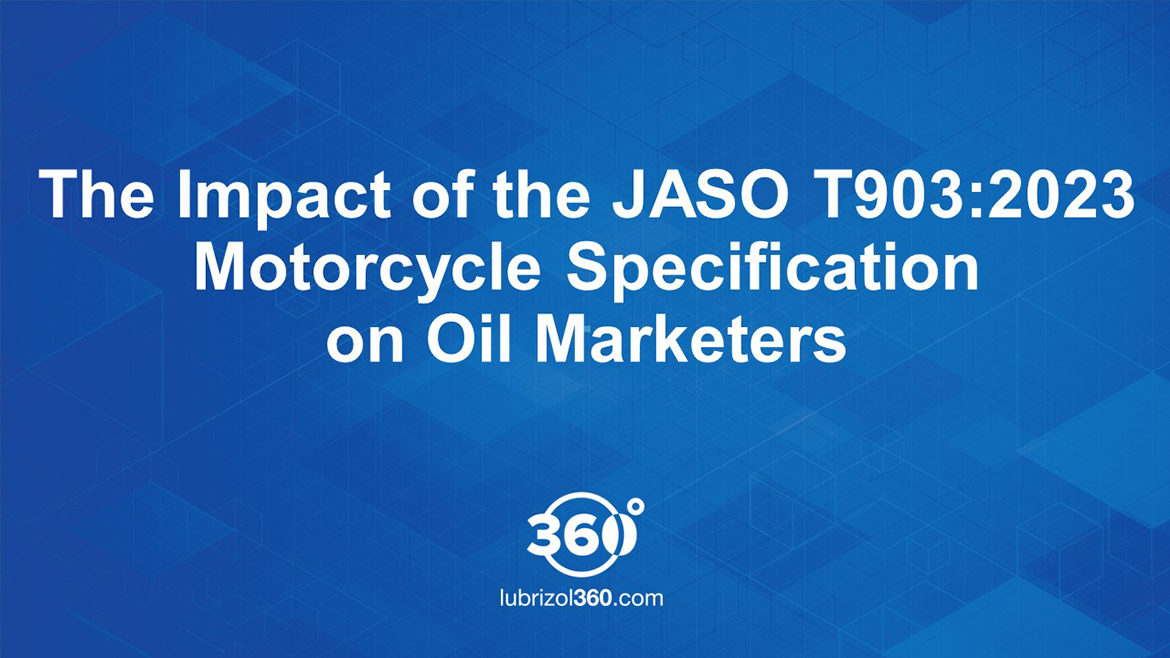One of the many measures deployed in the ongoing pursuit of sustainability has been the integration of ethanol in common gasoline formulations. According to U.S. Department of Energy, “more than 98% of U.S. gasoline contains ethanol, typically E10 (10% ethanol, 90% gasoline), to oxygenate the fuel, which reduces air pollution.” Another main reason for the ethanol us is petroleum avoidance, thus reducing carbon footprint.
Ethanol is only set to become more common in conventional gasoline. Recently, the U.S. Environmental Protection Agency rolled out measures intended to incentivize and support the broader market entry of gasoline including up to 15 percent ethanol (E15).
For the most part, engines that run on gasoline have evolved to accommodate ethanol levels. In passenger cars, modern combustion chambers can easily facilitate E10 gasoline and could likely handle even slightly higher levels of ethanol without too much trouble.
Small engines—which power countless smaller vehicles, handheld equipment, and more—however, are a different story. We wrote recently why two-cycle engine technology remains attractive for many of these types of applications, speaking to the ongoing relevance of gasoline fueled engines in small applications. Rising ethanol levels in fuel have some considerable implications for the reliable operations of these engines and for the lubricants that protect them. Let’s explore why:
Ethanol and Water Content
One of the most significant challenges ethanol content in fuel poses to smaller engines is its propensity to accumulate water. Ethanol will absorb water from the atmosphere from a vent in the fuel tank, integrating it with the gasoline before it is sent to the combustion chamber.
Larger engines, like in marine inboard applications, typically have effective water separator systems integrated into their designs. Smaller engines, meanwhile, do not—and this can lead to engine protection issues. Water content can compromise the engine oil’s lubricity, or its ability to maintain a good layer of protection between the piston and the cylinder bore. A lack of protection in this critical environment can lead to scoring, scuffing and ring stick, each of which can lead to severe engine damage. Meanwhile, an excess of water being brought into the engine means a higher threat of corrosion throughout every part of the engine.
Elsewhere, ethanol presents material compatibility issues with certain components found in smaller engines. For example, small engine carburetors contain a number of small elastomer diaphragms they rely on for proper operation. Ethanol’s chemical makeup interacts poorly with some of these materials, and can cause them to become rigid. This issue can cause difficulty starting the engine—a problem all too common in the average consumers lawn and garden equipment.
Because of these potential issues, industry bodies like the American Motorcyclist Association (AMA) and the National Marine Manufacturer’s Association (NMMA) have cautioned against rising ethanol levels in fuels, noting that as E15 fuels gain greater traction, clear labeling at refueling stations is a necessity to prevent misfuelling. “None of the estimated 22 million motorcycles and ATVs in use in this country is certified by the U.S. Environmental Protection Agency to use fuel containing more than 10 percent ethanol by volume,” AMA has said. “E15, which contains 15 percent ethanol, is in fact illegal to use in motorcycles, boat engines, lawn mowers, chainsaws and other outdoor power equipment products.”
Mitigating the Effects of Ethanol in Small Engines
But ethanol in common gasoline isn’t going anywhere—and we’re likely to see even greater ethanol levels in the future as fossil fuel displacement becomes more of a priority.
What can be done to mitigate the effects of ethanol in small engine applications?
There are a few strategies:
- Specifically formulated lubricants. Additive chemistry can be applied to formulations that can help prevent loss of lubricity and deliver elevated corrosion resistance. While higher-performing engine oils have not always used in these types of applications, the evolution of these engine types combined with the prevalence of ethanol in most commonly available gasoline has begun to demand it. Reliable performance hinges on lubricants that have been formulated for modern needs.
- Dedicated small engine fuel. Recent years have seen some small engine OEMs and Oil Marketers develop dedicated, ethanol-free fuel, which comes pre-mixed with a top-tier lubricant. Despite a higher price point, these options have gained significant traction among end users and are worth oil marketers’ ongoing attention.
Our View
The continued relevance of gasoline powered small engine technology means that the lubricants and fuels industry must do what is in our power to help these engines meet their full potential. Ethanol in fuel isn’t going away—and it means that specific lubricant formulations must be developed and marketed for end users who depend on equipment to operate properly and reliably. Oil marketers and their additive partners have the opportunity to develop high-performing final formulations and seize new value in this important marketplace.




